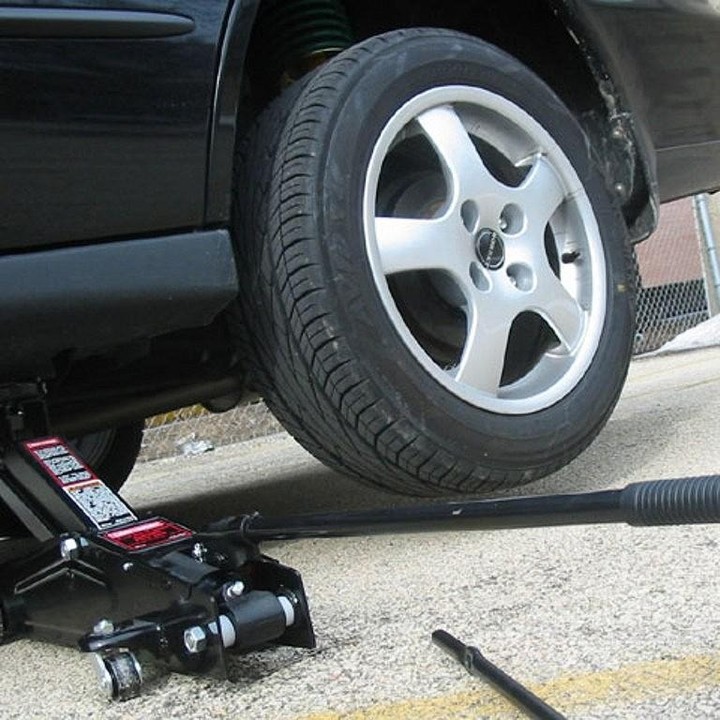
Switching from winter tires to summer tires is obligatory every spring. Nevertheless, thoroughly checking summer tires before installation is crucial. Summer tires must deliver adequate grip and safety in high temperatures, sudden braking maneuvers, or heavy rain. Here, we address key questions about summer tires to ensure safe travels throughout the summer season.
When should I transition to summer tires?
The “O to O” rule, commonly referenced, suggests the shift from Easter to October. However, the actual timing varies by region and should be dictated by weather conditions. Timings may differ in areas like southern Germany, where late post-Easter snowfall is possible. Generally, it’s safe to switch to summer tires when nightly freezing temperatures are no longer anticipated.

Why are summer tires essential?
Summer and winter tires vary in tread design and rubber composition tailored to respective seasonal conditions. Summer tires feature a harder rubber compound, enduring high temperatures and offering superior grip. Conversely, winter tires quickly wear on hot surfaces due to their softer composition. Moreover, summer tires incorporate specialized tread grooves for efficient water dispersal, reducing aquaplaning risks. For enhanced safety and performance, transitioning from winter to summer tires is recommended.
What are the consequences of switching to summer tires prematurely?
If you’ve already shifted to summer tires and encounter unforeseen snow or freezing conditions, it’s advisable to refrain from driving. Summer tires lack sufficient traction on icy or snowy surfaces. If driving becomes necessary, prioritize open roads and adapt your driving to ensure safety, such as increasing following distances and reducing speeds.

Is it appropriate to use summer tires in winter?
Using summer tires in winter conditions is ill-advised as they aren’t suited for icy, snowy, or slushy roads. In regions with minimal snow or ice, consider all-season tires bearing the snowflake symbol, which can obviate the need for biennial tire replacements.
When should I invest in new summer tires?
Before mounting, inspect your tires, ensuring adequate tread depth (minimum 1.6 millimeters) for dependable grip and braking. Tires with tread depths of 4 millimeters or less, or exceeding ten years of age, should be replaced to mitigate accident risks, particularly in wet conditions. If uncertain about tire condition, seek professional evaluation from a garage.

Leave a Reply